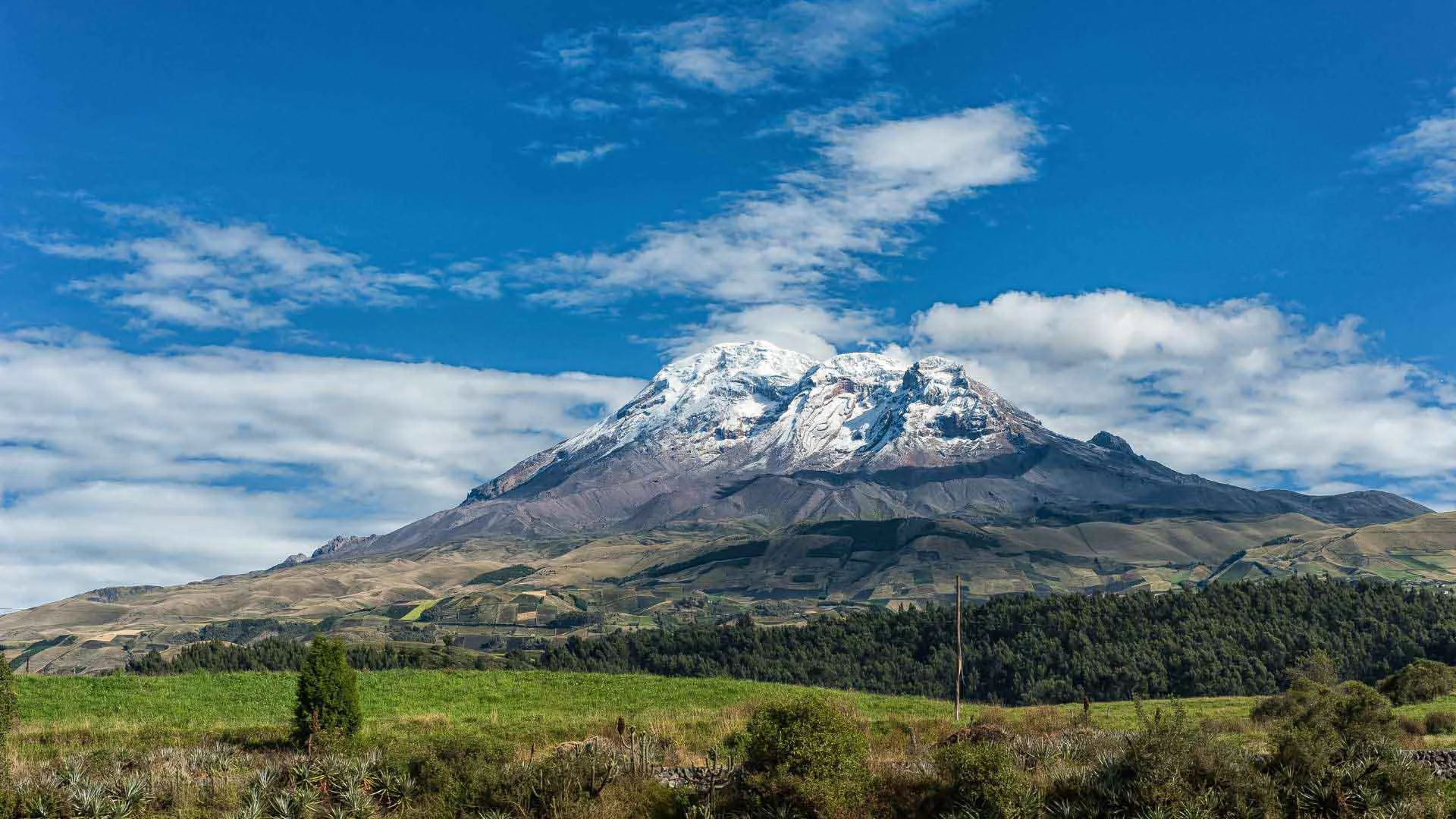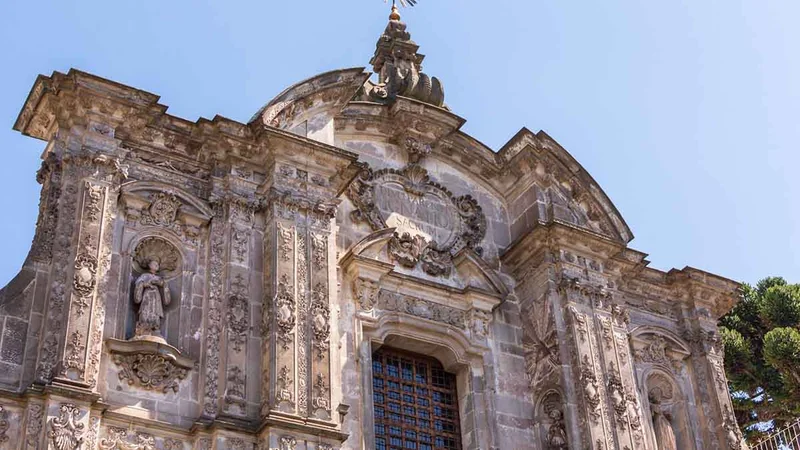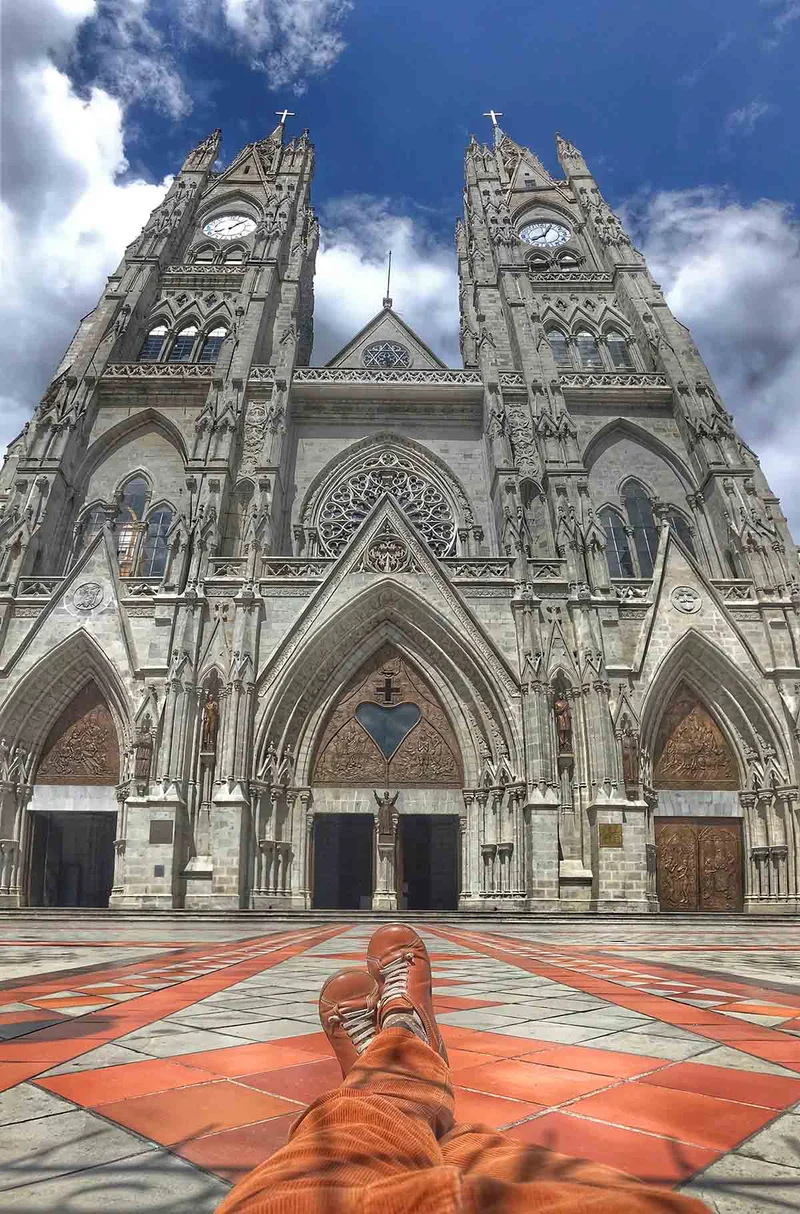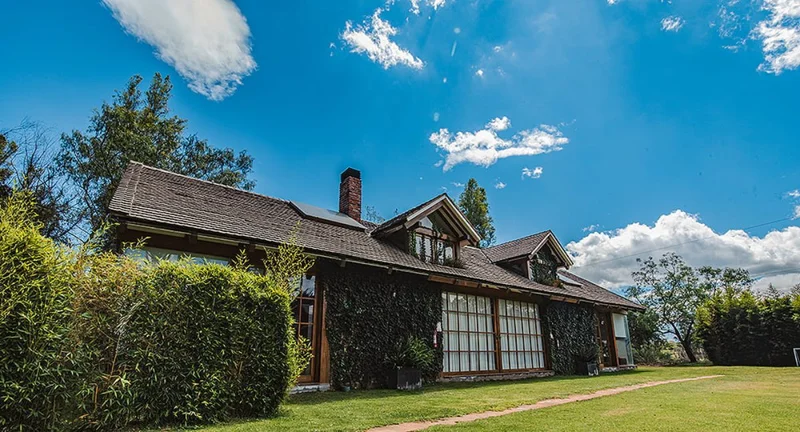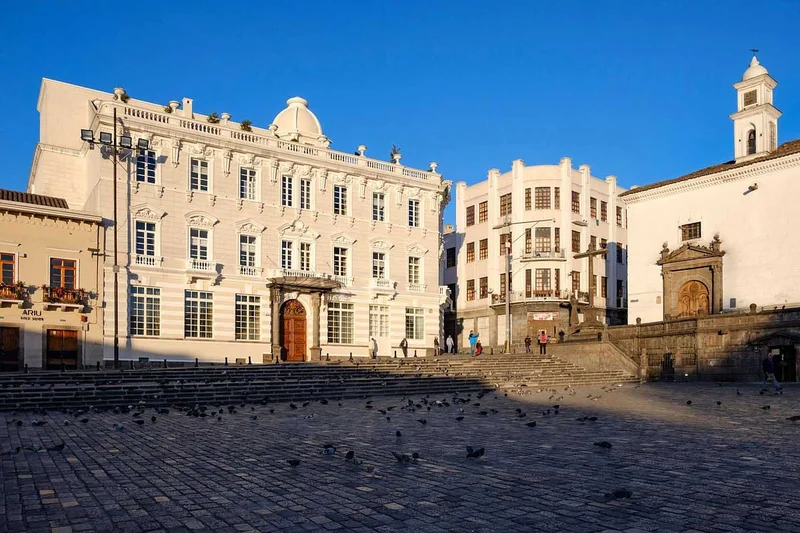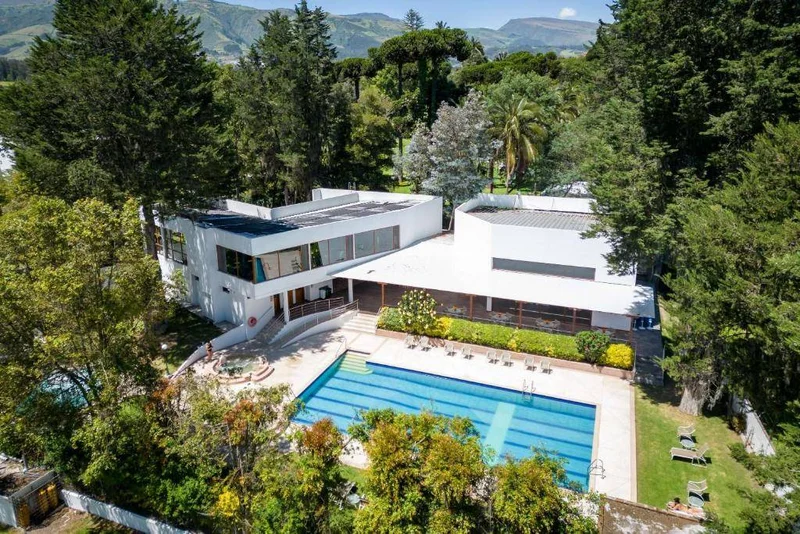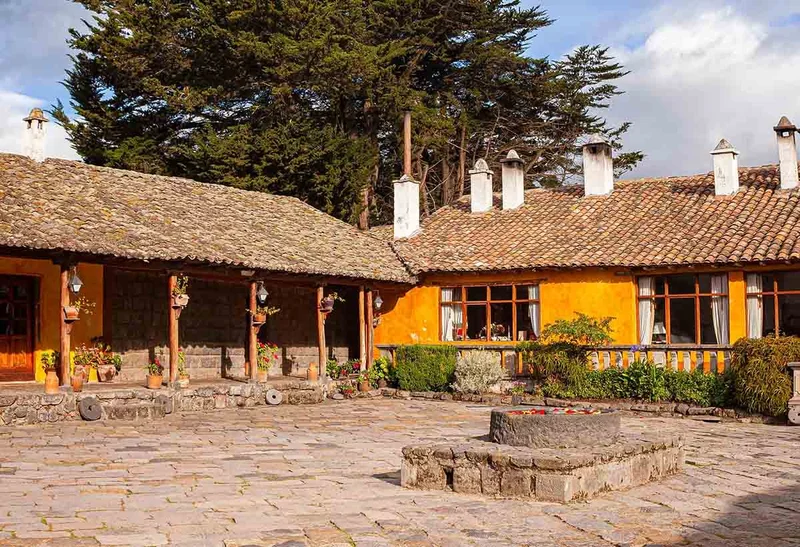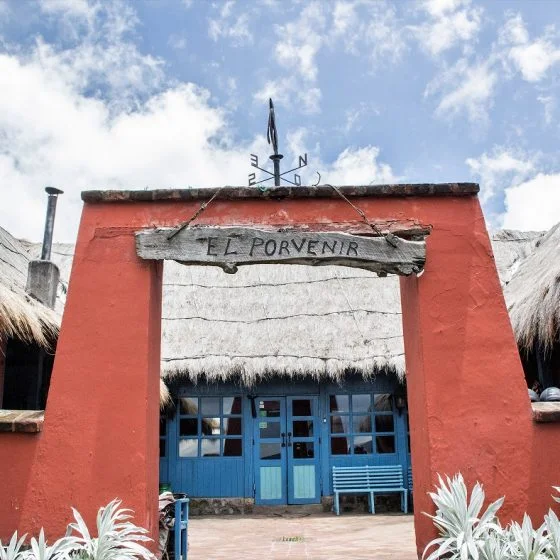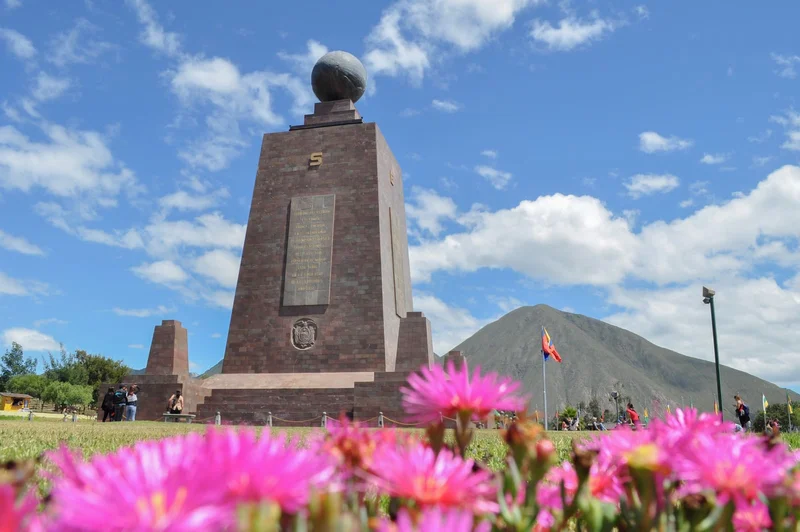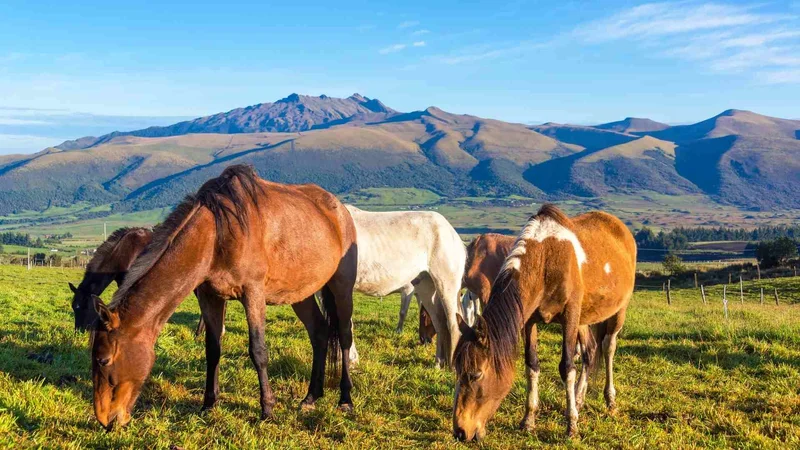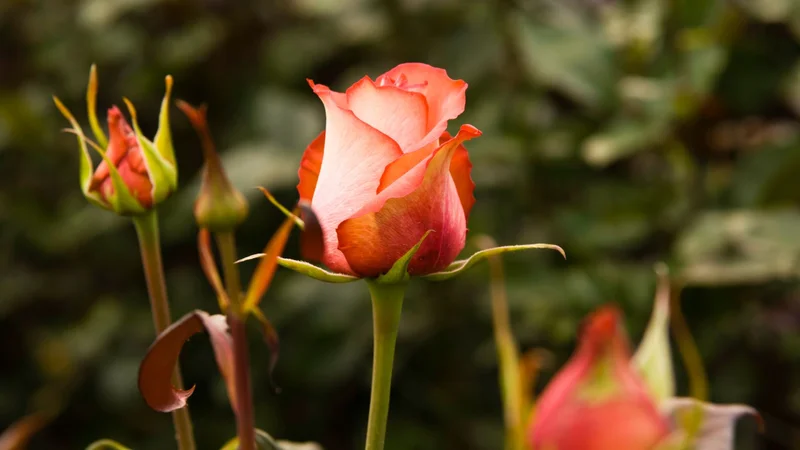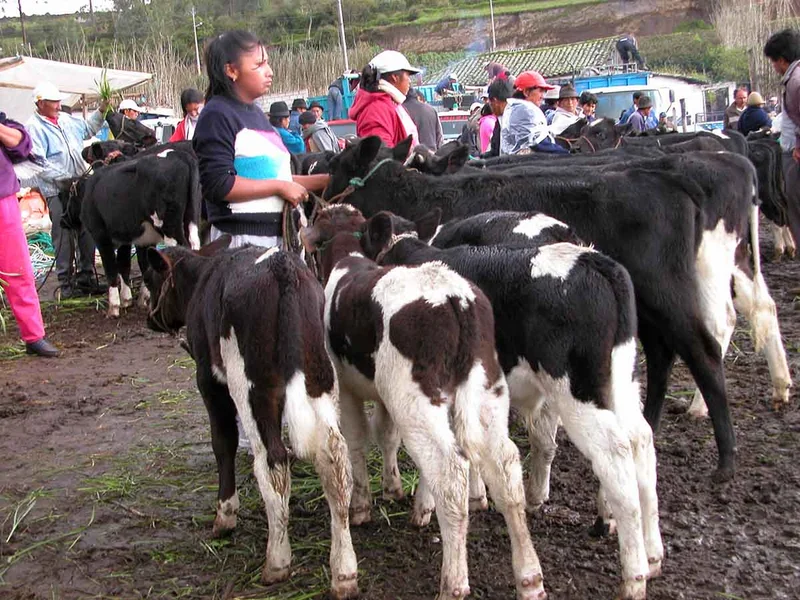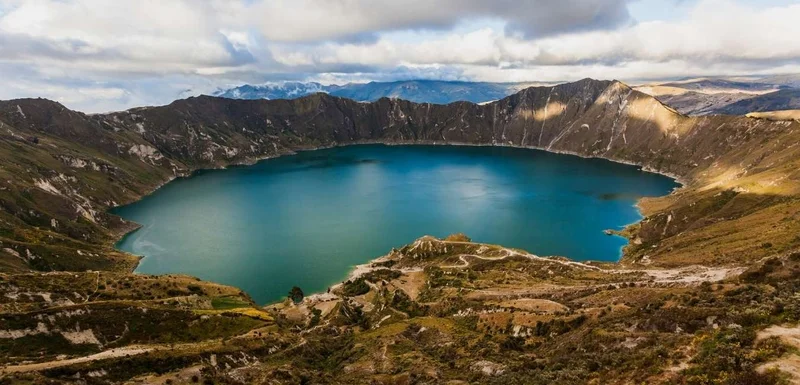Local markets: Saquisili, Pujili and Latacunga
Ecuador’s Andes are dotted with small communities. Smaller villages are home to indigenous people and they traditionally carry through there economy at markets. It is actually an important social gathering as well. People in these small towns actually dress up their best to go the market, in some places there is live music and the street food stalls are part of an ongoing party. Other days, you have a bustling market with local produce from the region and from other regions of the country (Amazon lowland products and products from the coast). There are also animal markets, where villagers go to sell their animals or trade them “Can I have that horse, I will give you two pigs”. Barter is still popular amongst the indigenous people here.
The Latacunga market is the only one inside a city. It spreads out into the city streets. You will find produce and products amongst colonial buildings. Here we were able to buy a basket of fruit for under $10 USD. We love the fresh fruit of Ecuador. When traveling remember that if you do not have water to wash the fruit it is best to stick to fruit you can peel. No worries the variety is such, there is safe snacks for everyone. Our basket was made up of bananas – both the common and the “orito” (small sweet apple banana), pitahaya (dragon fruit), tangerines, oranges and achotillo (an exotic fruit from the Amazon).
Saquisili (Thursday) and Pujili (Sunday and Wednesday) are both produce and animals markets. Indigenous people travel from the nearby villages and countryside to sell their crops. Saquisili is one of the most impressive in the country, the market spreads out through 7 plazas. From Andean grains, fruit, guinea pigs, goats – locals drink goat milk as they believe it cures respiratory illnesses – there is also produce and finally utilitarian basketry and pottery. Each plaza is a new discovery. Pujili is smaller yet very interesting as well. To see the animal markets it is important to arrive early.
CULTURAL BUFF TIP: If you really are keen to and enjoy the local culture, take the loop backwards. Start on a Wednesday and visit Pujili, sleep at a lodge near Quilotoa and return on Thursday through Saquisili. This way you can enjoy both in one trip.
These are not touristy markets, they are authentic trade places where local people are themselves. They dress in their ponchos, their traditional attire, and distinctive hats. It is important to be respectful and hold back from taking photos of people without permission, they can get offended and even turn aggressive if you go beyond the limits.
Where to stay near Quilotoa
There are several small properties and lodges along the entire loop. Do not expect luxury. Think of the opportunity to participate in a home stay and share time with a local family. A few places to consider for staying are: Llulu Llama – a nice small lodge with an Andean spa, Black Sheep inn – an eco friendly lodge with a basic spa, it is located in the colorful village of Chugchilan, Shalala is a NGO sponsored project with the best look out point over the crater, the rooms are nice but have been forgotten a bit so it is quite basic. Local families also offer homestay options and include meals (be sure to bring additional ingredients and protein) for locals a fine meal is made up lots of carbs, by bringing ingredients you are giving the family an opportunity of a hearty meal and share it with you.
Our host was Rosita Guayama, it was a treasured moment to share the home with her family. Our bedroom was separate from the family area, so we did have our privacy. She has capacity for up to 10 people, we were fortunate to be the only ones there this time. We had dinner together and enjoyed a life-enhancing experience. The children were shy, but smiled at us all the time, the family shared their stories – we know Spanish, but when you book this type of trip the guide can translate. Please note that accommodation is basic, for this type of accommodations, Voyagers sends new luxury linens and blankets that is left as a donation to the family. It is possible to share a dinner and stay at a commercial lodge with more comforts as well (for us the experience is worth the lack of comfort).
Continue South to Riobamba
From the Quilotoa crater it takes about 2 hours to return to the Panamerican highway. Descending from the high plateaus back to the Interandean Valley offers amazing scenery. En-route you will pass by the city of Ambato, this is one of Ecuador’s agricultural hubs with many fruit orchards. One of our favorite stops, when we have time is in the Ficoa area, here you can enjoy “Cuy” – “guinea pigs”, it is roasted. For those who have an adventurous palate it is highly recommended. It is one of the healthiest meats, specially when the Cuys are farmed with grass only (traditional way). If you are frowning at the idea of eating your pet hamster, then you can visit the central market where the variety of fruits and vegetables is amazing. The flower market is also a place to admire the different roses and tropical flowers that are grown for the local market decorations.
Ambato is also a highly industrialized city with many factories and construction shops for buses. This part being not so picturesque.
Another stop along the panamerican highway where you can try your taste buds at Cuy or Roasted pork is in the town of Moche. Doña Diocelina restaurant has been around for over 50 years and is famous for its traditional cuisine.
The first glimpse of Chimborazo – Ecuador’s highest peak - will definitely take your breath away. As you approach the highest point on the road, on a clear day, you have a direct view of the Chimborazo snow – capped peak. It is possible to go off the main road for a few thousand feet and reach the Urbina train station. More of a memorial today, of what Ecuador railroad was like. The tracks and the station are still there. It is a short stop, the location allows for an unobstructed view of the mountain.
It is possible to visit the backside of Chimborazo, this is on the road that goes through the Arenal. This option has to be decided before leaving Ambato. This road leads to the entrance of the Faunistic reserve. Be watchful for the many Vicuña that are in moorlands and often appear by the highway. From the entrance it is possible to drive to the first refuge, form here you can hike 50 min. up to the 2nd refuge. It is not a race so pace it out and whatever it takes you make sure you are acclimatized. You are starting at 4350 mts. (14271 feet), so be aware you must be acclimatized before trying it out.
Another option on the way to Riobamba is to visit Guano. A small village where locals specialize in weaving handmade rugs. The other local trait is to make “Cholas”. This is a special bread that is filled with fresh cheese and sugar can syrup, be careful, they are addicting.
Riobamba, what to see and do?
Riobamba is a beautiful Andean city. It is shadowed by both Quito and Cuenca, but it is actually at par in terms of beautiful colonial architecture. The style of the buildings is Andalucian yet it holds a very strong influence from indigenous tribes near the city. These ancient people are descendants of the last Incas, but also descendants of the Pre – Inca people – the Puruha nation. The Puruhaes resisted the Inca conquest fiercely and were only subdued by an alliance where Huayna Capac married princess Paccha from the Duchicela dynasty.
The original city of Riobamba was the first capital of Ecuador. It was founded close to the Colta lagoon some 24 km. south. This first city was destroyed by an earthquake in 1797. The new city was established where you find it today in a valley called Tapi. Many stones and remnants from the first location where rescued and used in building what Riobamba is today.
Places to Stay
There are several quaint places to stay in Riobamba, including country inns, haciendas and colonial houses turned to boutique hotels. Below is a list of our favorites.
